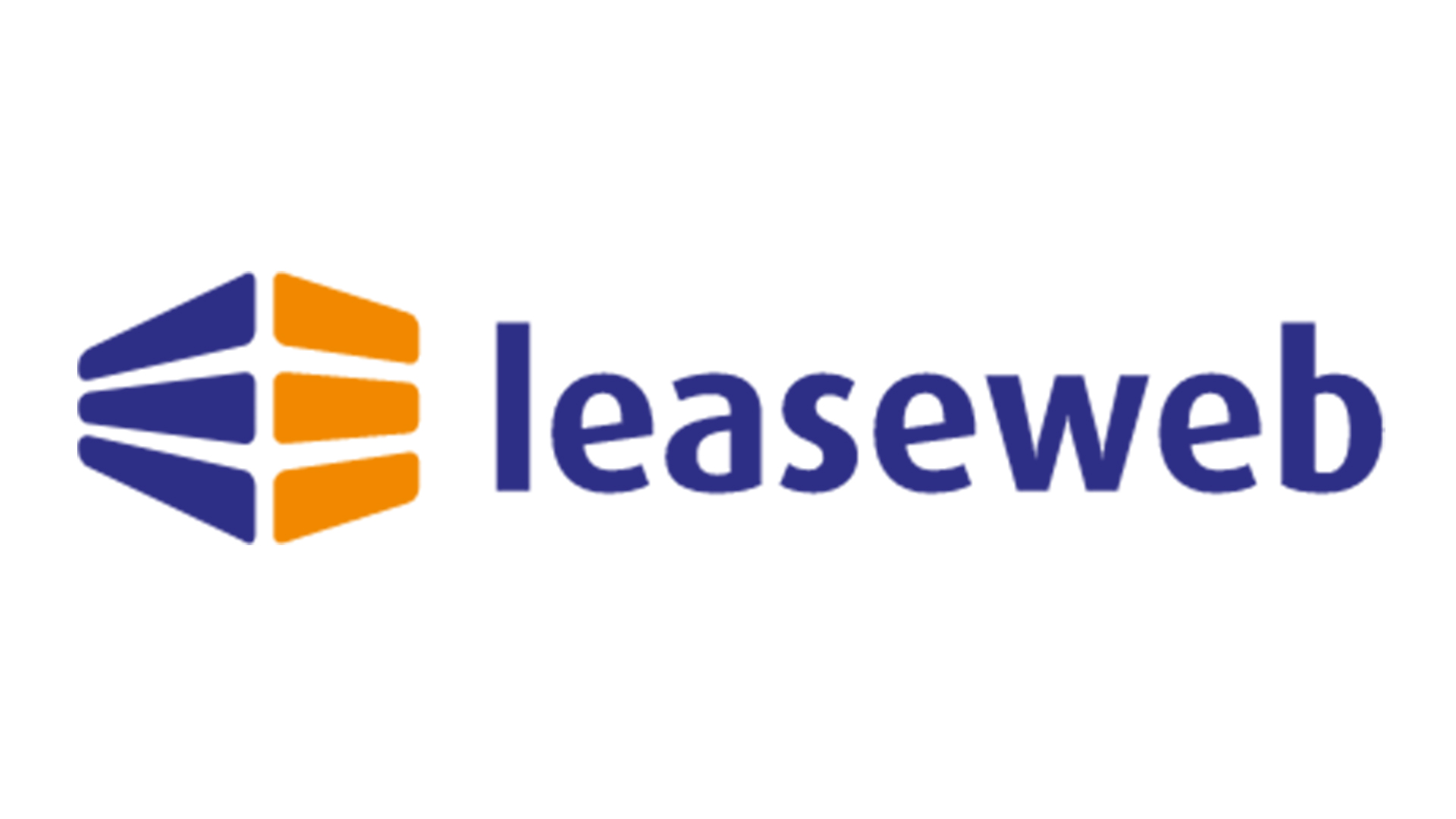EXCLUSIVE - eSoft ThreatWall 250
eSoft may be a relative newcomer to the UK content security market but competitors would be well advised to keep a close eye on it.
The content security measures employed by the ThreatWall 250 may be all home-grown by eSoft but they’ll give the competition a run for their money. This compact appliance is extremely easy to deploy and manage, offers an impressive range of security features for a very good price and delivers an impressive out-of-the-box performance.

It may have been formed as long ago as 1984 but eSoft only made a move into the UK security appliance market last year. It comes in with a solid range of products and a key differentiator is that eSoft doesn't rely on third party vendors to provide any security features as it has developed all its own solutions. This is clearly reflected in the price but don't be fooled into thinking they are less worthy as during testing we found them to be anything but.
In this exclusive review we take a closer look at the ThreatWall 250, which represents the entry point of this product line. The ThreatWall appliances are aimed at businesses that already have a firewall in place and want to add web content and mail security. If you want to go for the whole hog then check out eSoft's InstaGate appliances, which add firewalling and a few other interesting features to their security menu.
The 250 appliance offers a reasonable specification and with a price tag of 1,532 for the hardware looks comparatively good value. It can be customised to suit as eSoft offers two ThreatPak software upgrades with each costing a very reasonable 665 per year. The Web ThreatPak delivers web content filtering, protection from spyware and phishing sites, gateway anti-virus, IPS, anti-spyware and IM and P2P app controls. The Email ThreatPak deploys message content filtering, more virus scanning, anti-spam and mail quarantining.
The 250 can also function as a full mail server that can handle SMTP, POP3, IMAP and webmail. eSoft is offering this upgrade as an Exchange replacement and for a modest outlay of 266 per year it looks a cost effective and more manageable alternative for smaller businesses.
eSoft supports a number of deployment scenarios although if you want everything including intra-LAN traffic to be scanned you should use the transparent or bridged mode. Standalone node and routed modes are also supported but in these configuration the 250 can't scan mail being sent over the LAN between users unless their clients are reconfigured.
For testing we installed the appliance in transparent bridge mode, dropped it between our firewall and LAN and had it up and running in a few minutes. The appliance offers four Fast Ethernet ports comprising LAN and WAN along with a pair of optional ports and in transparent mode the two main ones are automatically bridged. All administration is via the well designed web interface and on first contact it runs a quick start wizard that registers with eSoft, contacts its SoftPak Director and downloads all updates and options that have been purchased.
With initial installation completed the web interface home page opens with the ThreatMonitor screen. This provides a useful overview of activity as it has a row of tabbed folders each offering plenty of graphical information about performance and activity. For web security you get a bar graph showing the total web traffic, pie charts for blocked and permitted web sites, lists of the top ten blocked sites and recent web site activity. From the mail tab you can easily see spam volumes and what is being quarantined.
Sign up today and you will receive a free copy of our Future Focus 2025 report - the leading guidance on AI, cybersecurity and other IT challenges as per 700+ senior executives
Dave is an IT consultant and freelance journalist specialising in hands-on reviews of computer networking products covering all market sectors from small businesses to enterprises. Founder of Binary Testing Ltd – the UK’s premier independent network testing laboratory - Dave has over 45 years of experience in the IT industry.
Dave has produced many thousands of in-depth business networking product reviews from his lab which have been reproduced globally. Writing for ITPro and its sister title, PC Pro, he covers all areas of business IT infrastructure, including servers, storage, network security, data protection, cloud, infrastructure and services.
-
 Google DeepMind CEO Demis Hassabis thinks this one area of the tech industry is probably in an AI bubble
Google DeepMind CEO Demis Hassabis thinks this one area of the tech industry is probably in an AI bubbleNews AI startups raising huge rounds fresh out the traps are a cause for concern, according to Hassabis
By Ross Kelly Published
-
 Everything you need to know about Google and Apple’s emergency zero-day patches
Everything you need to know about Google and Apple’s emergency zero-day patchesNews A serious zero-day bug was spotted in Chrome systems that impacts Apple users too, forcing both companies to issue emergency patches
By Nicole Kobie Published
-
 Ronald Richardson to lead Leaseweb’s global commercial strategy
Ronald Richardson to lead Leaseweb’s global commercial strategyNews The experienced executive has been named Leaseweb’s new CRO as the IaaS provider embarks on the next phase of its growth journey
By Daniel Todd Published
